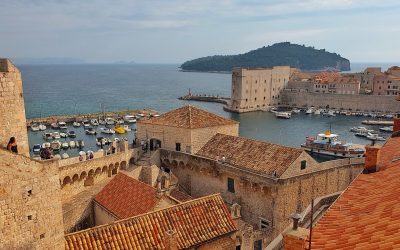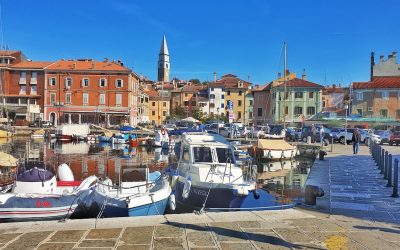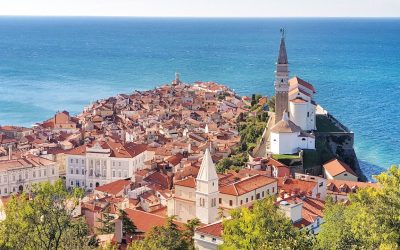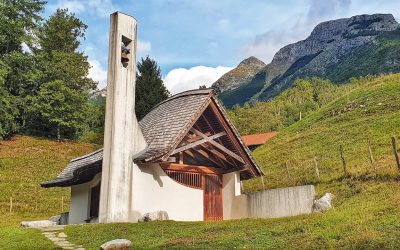“If you want to see Heaven on Earth come to Dubrovnik.” George Bernard Shaw As a full-time travellers since March 2016, I’ve learnt many...

Ljubljana
Ljubljana
Our Nine Surprises of Slovenia
Slovenia may be a relatively new country that has emerged from the rubble of the Yugoslavia Federation although as a tourist destination...
A Guide to exploring Slovenia’s Riviera
SLOVEnia is a beautiful country with a gentle vibe that draws you into its graceful culture and laid back way of life. Yet when I think...
Slovenia – Europe’s Best Kept Secret
Did you know that Slovenia is the only country in the world to have the word LOVE in it? If you’re like me, your mind will now be going...
Follow us
You can find us on social media,
different channels for different content.




